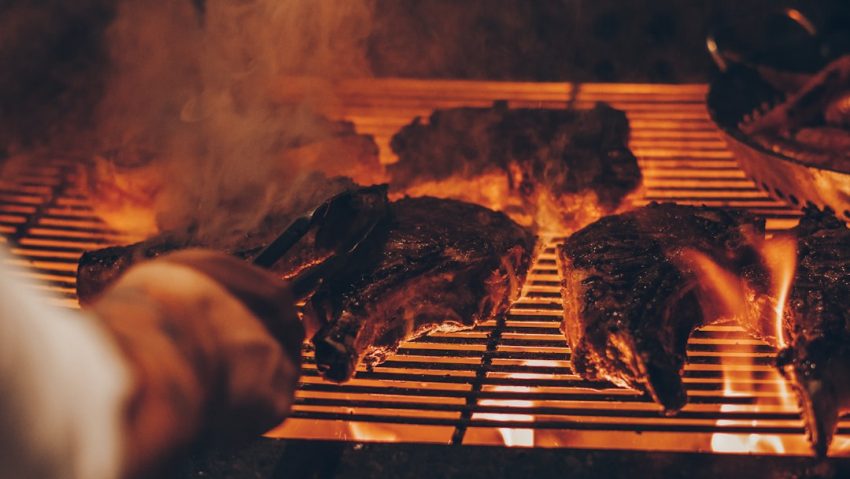Creating the perfect BBQ pork rib recipe involves selecting meaty, well-marbled ribs, choosing between direct or indirect heat methods, and crafting a balanced homemade BBQ sauce. Season ribs with salt, pepper, and spices before cooking for flavor enhancement. Glaze ribs with a mix of sauce, brown sugar, and honey for a caramelized finish. Store leftovers properly and reheat gently to maintain quality.
Unleash your inner grill master with this ultimate guide to crafting the perfect BBQ pork ribs. From choosing the right cut of meat to mastering the art of seasoning, we’ll walk you through every step. Learn the secrets behind a classic sauce, then dive into our detailed recipe for a rich, tangy, and sweet flavor profile. Discover the best cooking methods, glazing techniques, and storage tips to ensure your ribs are always mouthwatering. Elevate your BBQ game with this essential pork rib recipe!
- Choosing the Right Ribs for Your BBQ Sauce
- Essential Ingredients for a Classic BBQ Pork Rib Sauce
- Preparing and Seasoning the Ribs Before Cooking
- Cooking Method: Direct vs Indirect Heat for Ribs
- The Science Behind Making a Delicious BBQ Sauce
- Steps to Create a Rich, Tangy, and Sweet Barbecue Sauce
- Glazing and Finishing Touches for Your BBQ Pork Ribs
- Storage and Reheating Tips for Leftover Ribs and Sauce
Choosing the Right Ribs for Your BBQ Sauce
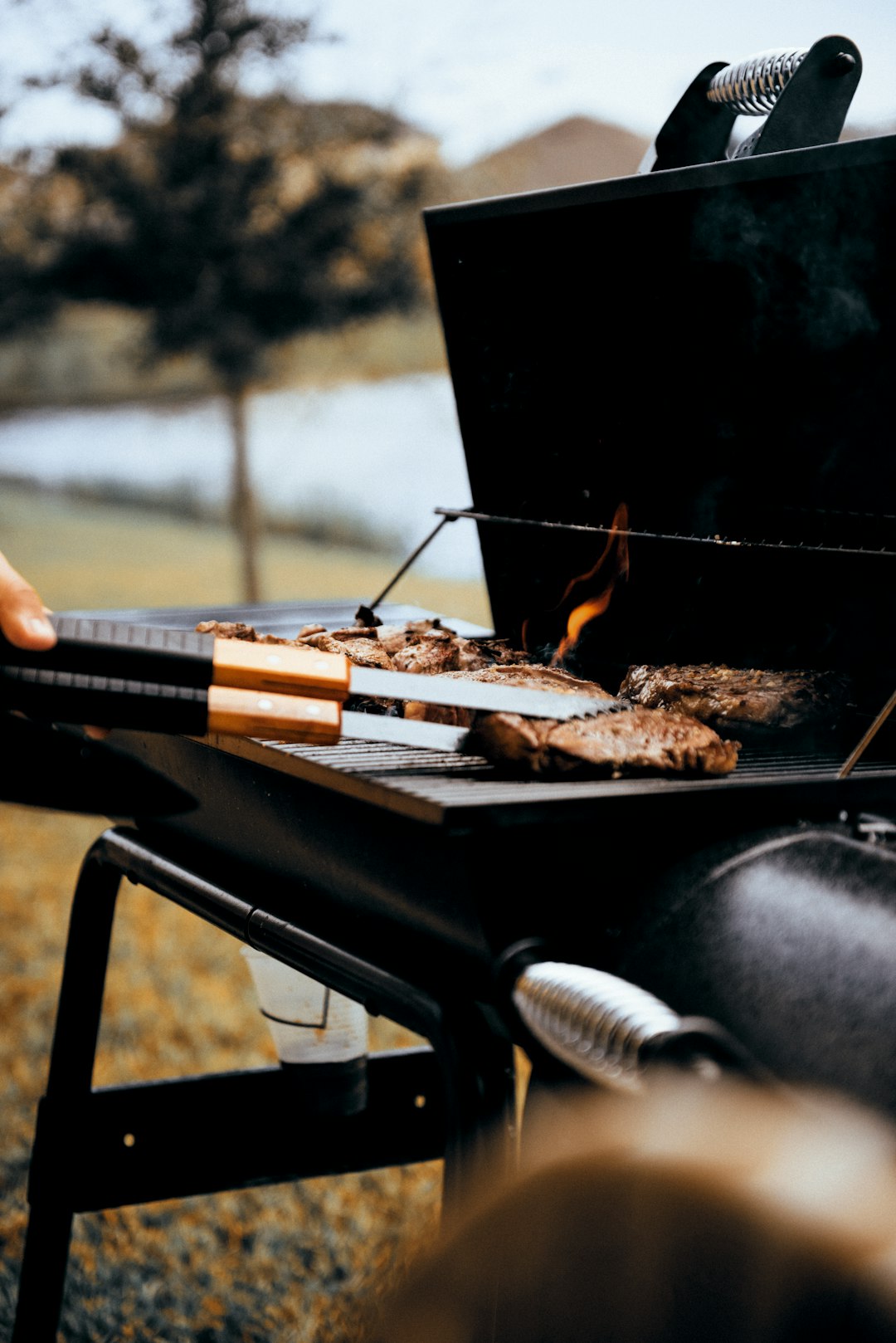
When it comes to selecting the perfect ribs for your homemade BBQ sauce, there are a few key factors to keep in mind. Look for meaty, well-marbled pork ribs with a good layer of fat. This fat will render during cooking, adding rich, mouthwatering flavor to your sauce and ensuring tender, juicy ribs. Avoid thin, lean cuts as they can become tough and dry out when barbecued. A good BBQ pork rib recipe starts with the right cut of meat.
Consider baby back ribs or spare ribs, both popular choices for their tenderness and ability to hold onto sauces. Baby back ribs have a smaller, more compact shape and are typically meaty all the way through. Spare ribs, on the other hand, offer a bit more variety with their bone structure and can be cut into individual segments for easier eating. No matter which type you choose, look for fresh, high-quality ribs to ensure the best flavor and texture in your BBQ pork rib recipe.
Essential Ingredients for a Classic BBQ Pork Rib Sauce
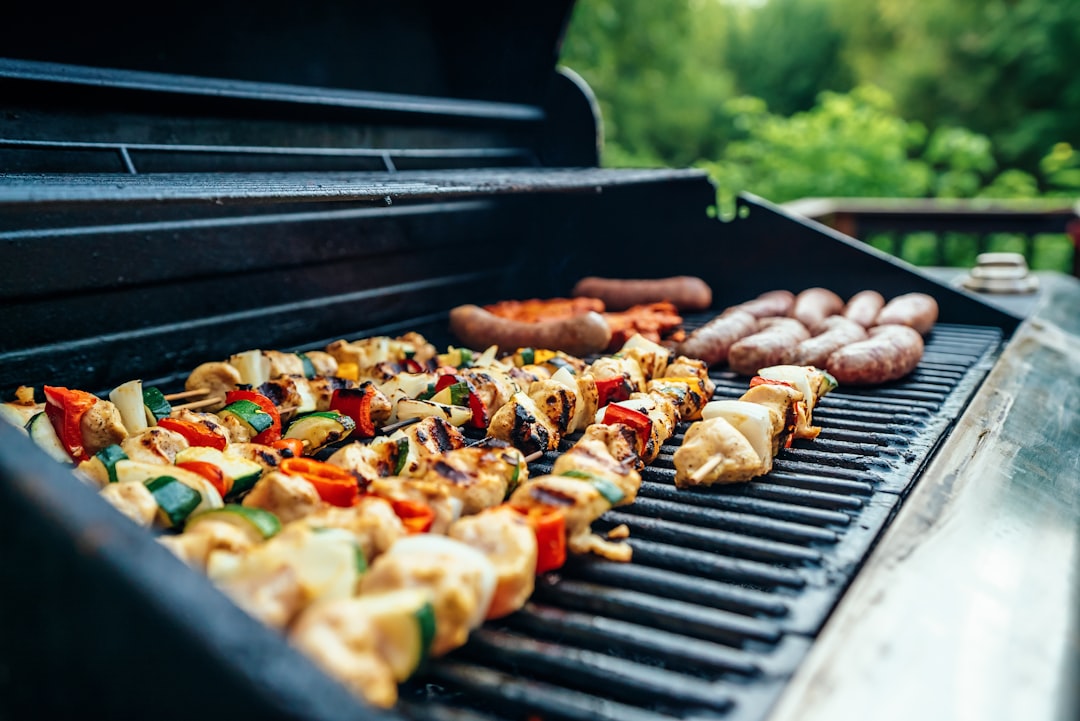
When crafting the perfect BBQ pork rib recipe, the sauce is where it all comes together—a delightful blend of sweet, smoky, and tangy flavors that coats each tender rib, enhancing their natural juices. Essential ingredients for a classic BBQ pork rib sauce include ketchup, vinegar (typically apple cider or white), brown sugar, garlic, onion powder, paprika, salt, and pepper. These foundational components create the base for a saucy symphony that complements the fall-off-the-bone texture of perfectly grilled pork ribs.
The key lies in balancing these elements to achieve the ideal taste profile: the sweet and tangy kick from ketchup and vinegar, coupled with the unmistakeable smokiness of paprika, offers a harmonious blend that elevates the humble rib into a culinary masterpiece. Garlic and onion powder add depth and a subtle savory note, while salt and pepper ensure the sauce sticks to the ribs—both figuratively and literally! This versatile sauce can be adjusted to suit personal preferences, making it the perfect canvas for your BBQ pork rib recipe.
Preparing and Seasoning the Ribs Before Cooking
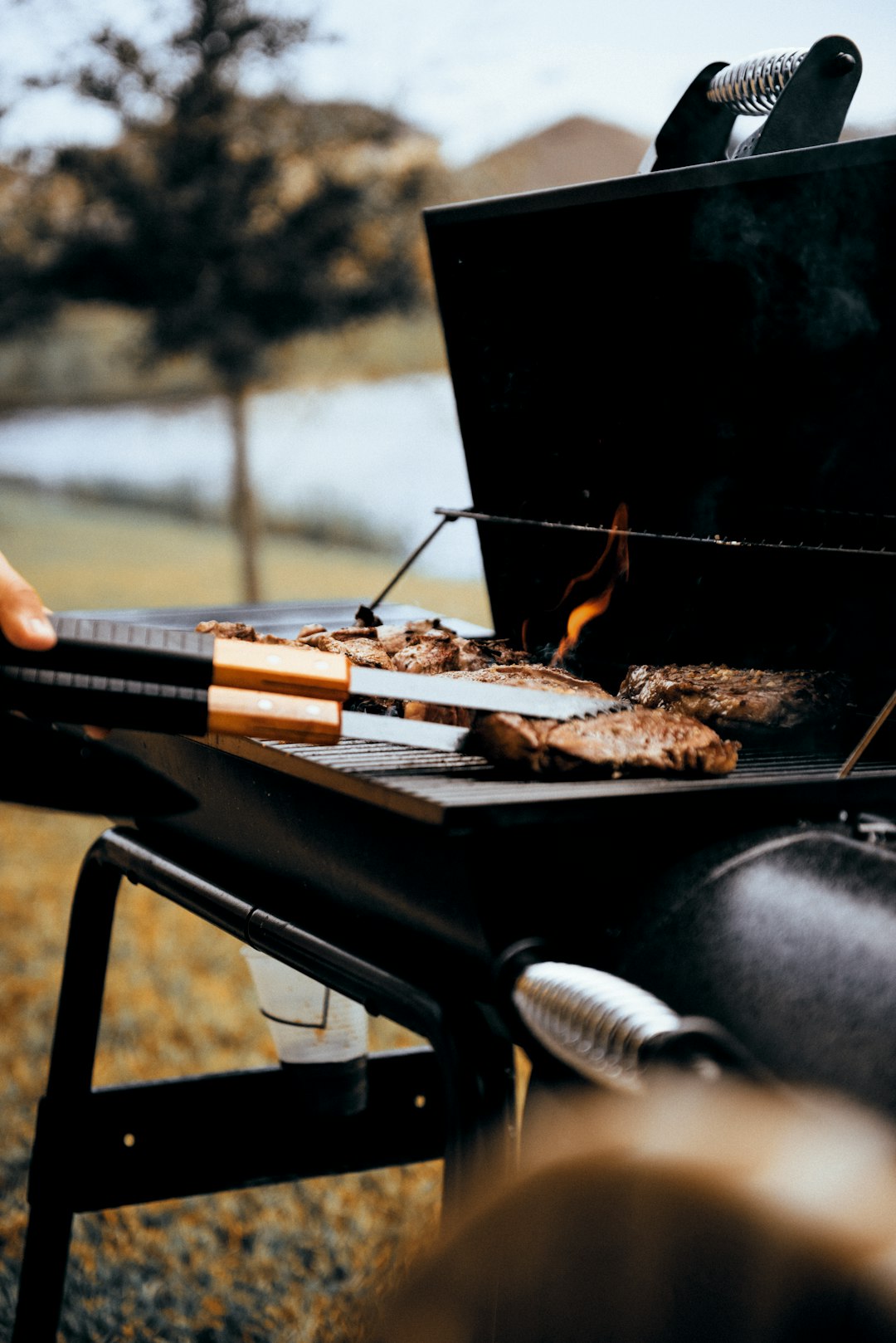
Before slathering on your homemade BBQ sauce, it’s crucial to properly prepare and season your pork ribs. Start by removing any excess fat or membrane from the bone side of the ribs, as this can make it difficult for the sauce to adhere. Rinse the ribs under cold water and pat them dry with paper towels. Next, rub the ribs generously with salt and pepper, creating a flavorful crust that will enhance both their natural sweetness and your BBQ sauce’s tanginess. This simple step ensures that each bite of those tender, juicy ribs is packed with savory goodness.
For an extra layer of flavor, consider adding other spices like garlic powder, paprika, or dried onions to your seasoning blend. Use a brush to apply the dry rub evenly over both sides of the ribs, making sure they’re completely coated. This step is key in a successful BBQ pork rib recipe, as it not only seasons the meat but also helps to caramelize and seal in moisture during cooking.
Cooking Method: Direct vs Indirect Heat for Ribs
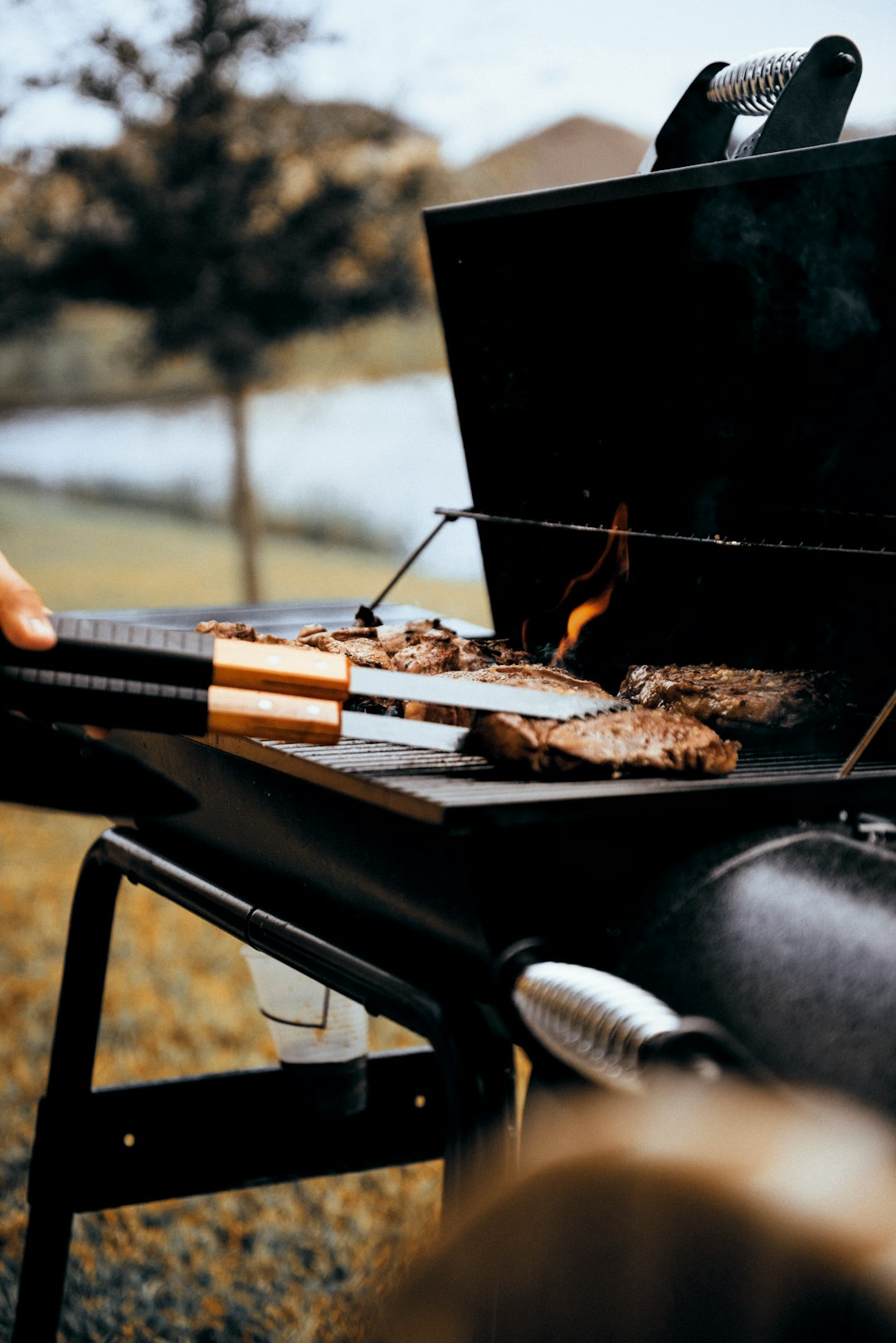
When cooking pork ribs in a BBQ sauce, understanding the difference between direct and indirect heat methods is key to achieving tender, flavorful results. Direct heat involves cooking the ribs directly over high temperature coals or a hot grill grate. This method is ideal for faster cooking times and creating a crispy, caramelized exterior on the ribs. It’s perfect for smaller cuts of meat and adding that distinctive charred flavor many BBQ pork rib recipes crave.
On the other hand, indirect heat uses a smoker or covered grill to cook the ribs slowly over low to medium-low temperatures. This technique allows for even cooking, ensuring the ribs become incredibly tender while locking in their natural juices. Indirect heat is best suited for larger cuts and encourages a moist, succulent texture that’s hard to achieve with direct cooking methods alone. Both approaches have their merits, so choosing between them depends on your desired outcome and the specific BBQ pork rib recipe you’re following.
The Science Behind Making a Delicious BBQ Sauce
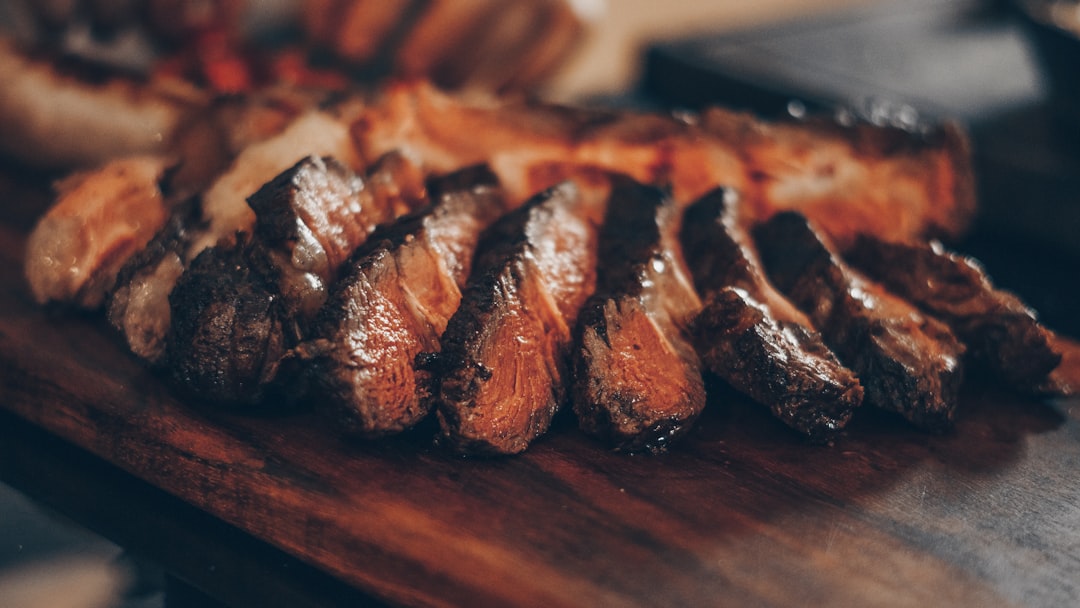
The science behind creating a mouthwatering BBQ sauce for pork ribs involves a delicate balance of flavors and textures, all working in harmony to elevate your dining experience. At its core, a great BBQ sauce combines sweetness, tanginess, and smokiness—a combination that tantalizes the taste buds and complements the rich, savory flavor of ribs. The process begins with selecting the right ingredients: tomatoes form the base, offering both acidity and a natural sugar content; spices like garlic, paprika, and black pepper add depth and heat; while vinegar or citrus brings an essential tang to cut through the richness.
As these ingredients simmer together, chemical reactions occur, enhancing flavors. The reduction process thickens the sauce, allowing it to cling to the ribs and create a satisfying glaze. This science-meets-cooking art form ensures that your homemade BBQ sauce for pork ribs isn’t just a condiment but a flavor profile in its own right—a true game-changer for any BBQ pork rib recipe.
Steps to Create a Rich, Tangy, and Sweet Barbecue Sauce
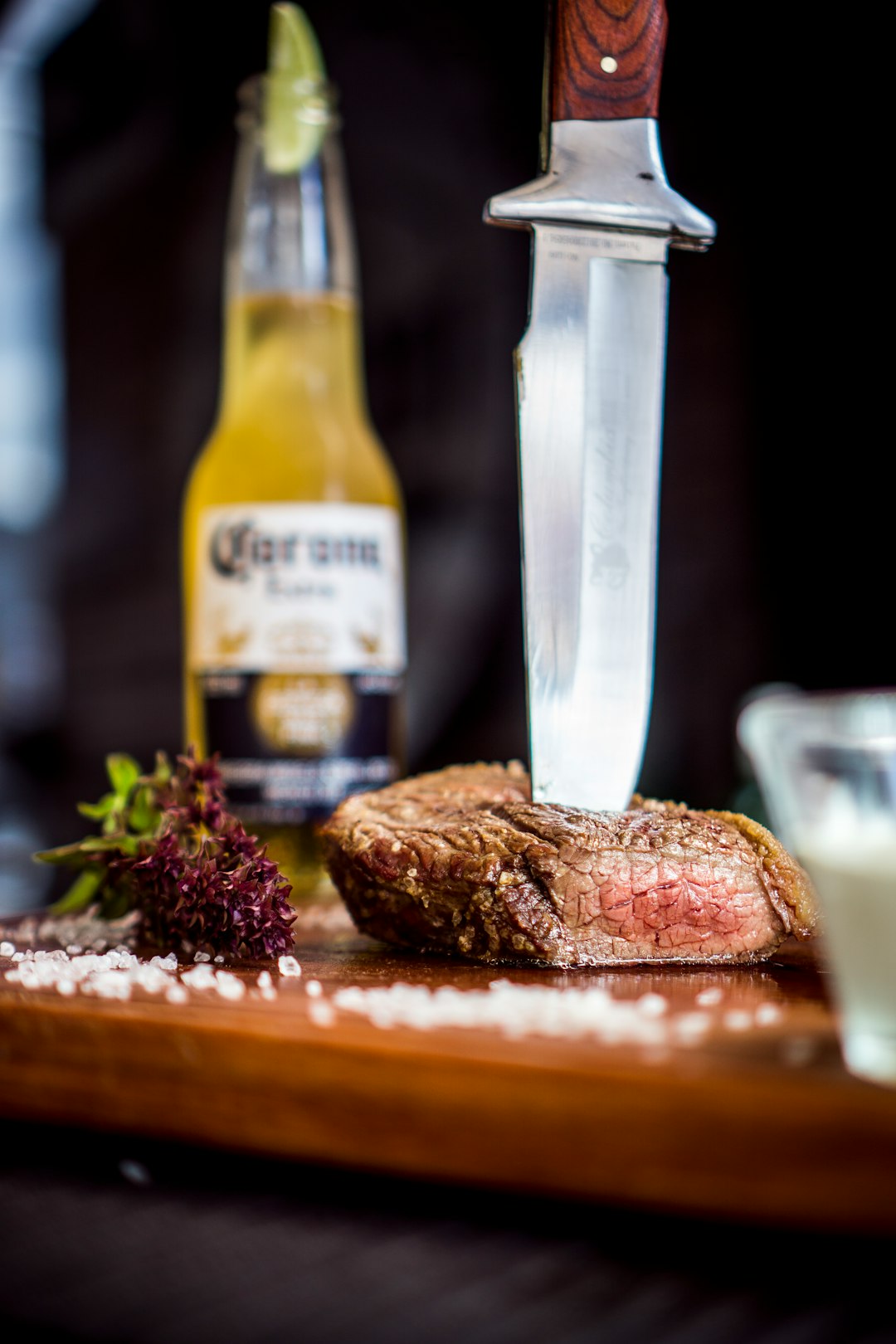
Creating a homemade BBQ sauce for pork ribs is an art that combines rich, tangy, and sweet flavors to elevate your mealtime experience. Start by gathering your ingredients: ketchup, vinegar (white or apple cider), brown sugar, garlic powder, onion powder, paprika, salt, pepper, and Worcestershire sauce. In a saucepan, combine the ketchup and vinegar as a base, then gradually mix in the sugar while stirring until it dissolves. Add the powders—garlic, onion, paprika—along with salt and pepper for depth of flavor. Simmer the mixture to reduce and thicken, stirring occasionally. Finally, incorporate the Worcestershire sauce, which lends a savory note, before letting the sauce rest to allow the flavors to meld.
For an extra kick, consider adding a touch of chili powder or a squeeze of lemon juice. The key is patience; allowing the sauce to simmer gently ensures the perfect balance of tanginess and sweetness. Once it reaches your desired consistency, let it cool slightly before brushing it onto your ribs—either during grilling or as a post-cooking glaze for that delectable, caramelized finish in every BBQ pork rib recipe.
Glazing and Finishing Touches for Your BBQ Pork Ribs
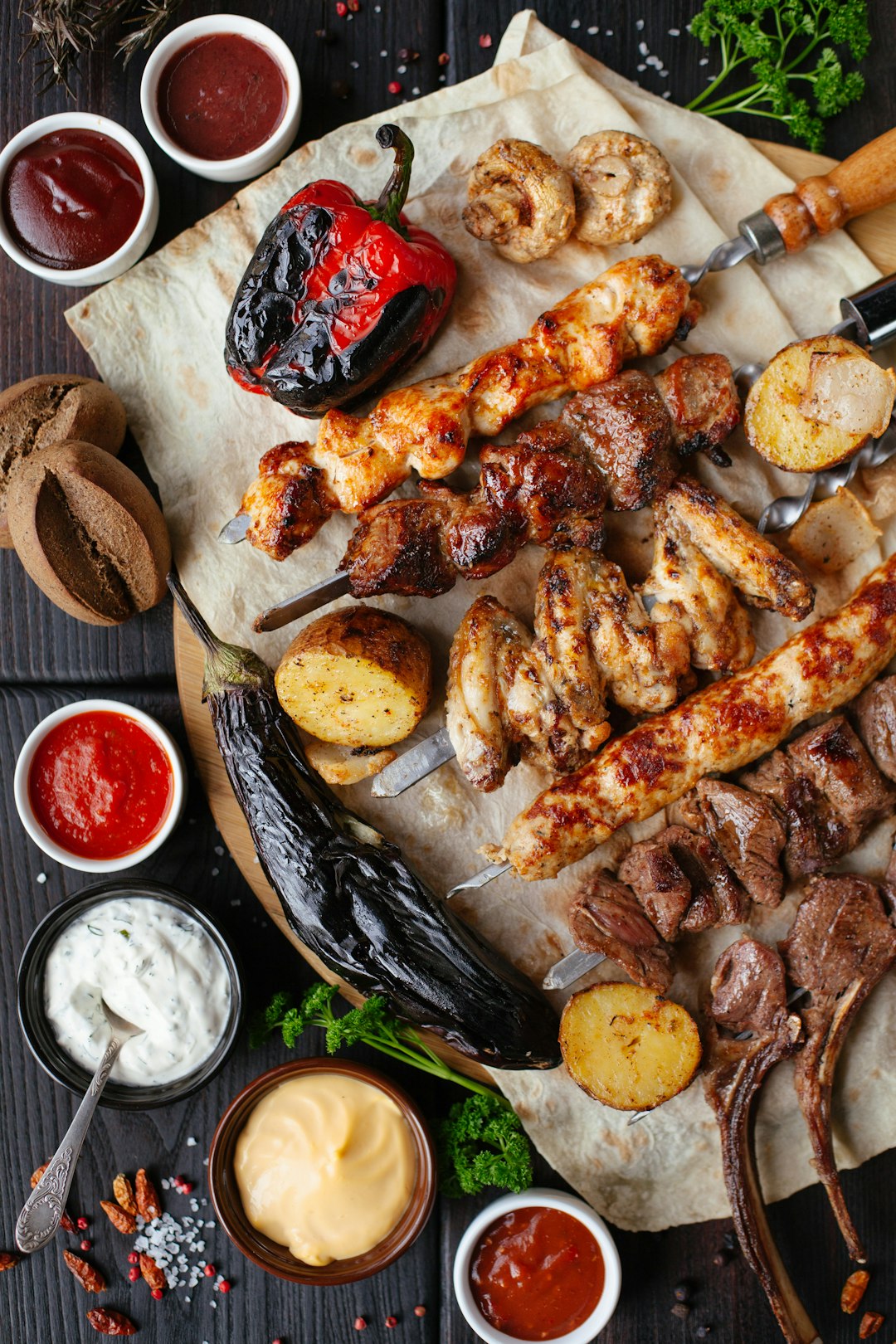
After slow-cooking your pork ribs until they’re tender and juicy, it’s time to add the finishing touches. Glazing is a key step in enhancing the flavor and creating a beautiful crust on your ribs. A simple BBQ glaze made from your homemade sauce, a touch of brown sugar, and a drizzle of honey will bring out the smoky, sweet, and tangy notes of your creation. This combination not only looks appealing but also seals in that mouthwatering meat juice.
For an extra special effect, consider adding a sprinkle of chopped fresh herbs like parsley or cilantro, which will add a burst of freshness to each bite of your BBQ pork rib recipe. Alternatively, a simple dusting of paprika or chili powder can give your ribs a nice kick and a stunning red hue. These final touches will make your homemade barbecue sauce for pork ribs stand out, leaving your guests craving more.
Storage and Reheating Tips for Leftover Ribs and Sauce
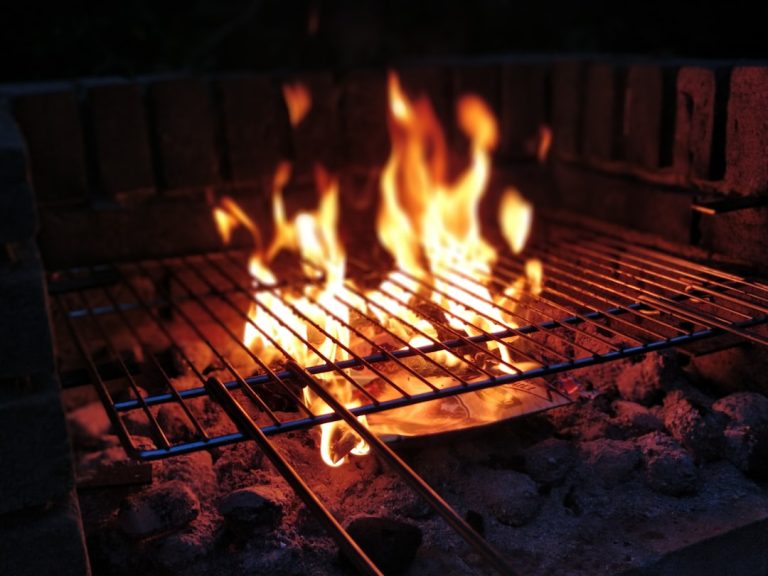
When it comes to storing leftover BBQ pork ribs and sauce, proper preservation is key to maintaining freshness and flavor. Place any remaining ribs in an airtight container, ensuring they are cooled down before refrigerating. This process will help prevent bacterial growth and keep your meal safe for up to 3-4 days. For the sauce, transfer it into a resealable container and store it in the fridge, where it can last for about a week.
Reheating is best done in a low and slow manner. Consider using a slow cooker or a oven set at a low temperature to gently warm up your ribs and sauce, allowing them to retain their tender texture and rich flavor. Avoid microwaving, as this can cause the meat to dry out. If you’re in a hurry, reheat the ribs in a preheated 350°F (175°C) oven for about 20 minutes per pound, basting with extra sauce for optimal results.
